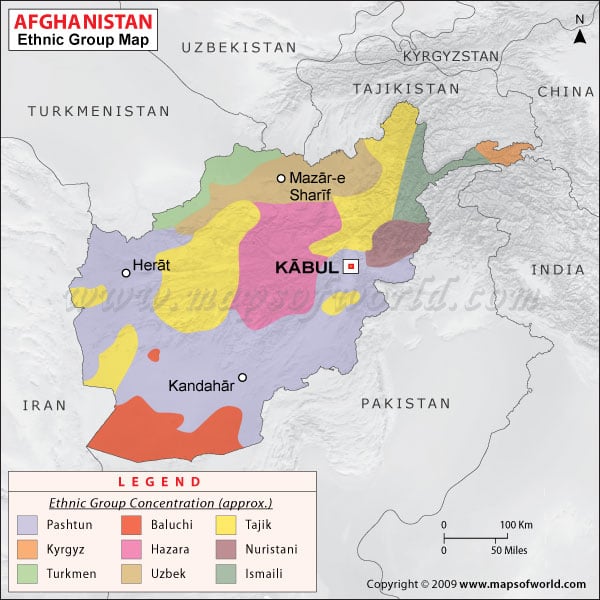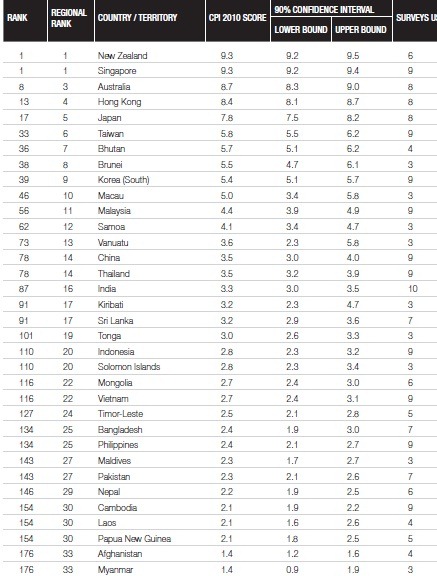As the war in Afghanistan comes to a conclusion efforts are made to increase dialogue between the Afghan gov. and the Taliban. Negotiations, moderated by Saudia Arabia, are schedule for the following weeks and the Taliban is trying to open an outpost in Doha, Qatar.

For the last decade the war in Afghanistan has overthrown a religiously draconian-led makeshift government, but has simultaneously led to the death of numerous Afghans and American as well as coalition troops.
The reasoning behind the invasion was clear: Afghan is a safe haven for Al-Qaida yet ten years after the war in Afghanistan surprisingly the majority of Afghans do not know about 9-11.
Although many on the left are quick to criticize the war, albeit for legitimate reasons, yet many on the Left seam to ignore or downplay the brutality of the Taliban's regime on the local Afghan population. Its worth listing some of the Taliban most notorious actions including:
- Stoning to death homosexuals
- Chopping off the hands of petty thieves at the national soccer stadium
- The ruthless treatment of women including one incident where a woman struggling with grociers was beaten because her Burqa started to uncover her face.
Interestingly enough, Afghanstan history reveals that the Taliban is not the only regime to use force to suppress its citizens. During the reign of Abdur Rahman Khan in 1895, 100,000 people were killed at the hands of the Iron Amir.

More than a hundred years later people in Central Asia are rejoicing at the defeat of another brutal government: the Taliban. Young children flew kits, men danced, and women breathed a sign of relief. Although Bush is heavily criticized for his foreign policy, much of it deserved, the Afghanstan strategy was not a complete failure. For example, Laura Bush helped create a U.S.-Afghan’s Womens Council that brought in $70 million in private donation funds to empower women in the region.
Furthermore it is also worth noting that there has been progress recently as well. In 2009 the coalition and Afghan security forces conducted a military operation known as Operation Omid (which means hope in the local language) As a result the Helmand River and some of the surrounding area have begun to stabilize. In addition, many of the security goals have been achieved including a decrease in causalities by 20 percent from 2009-2010, and an increase in both the Afghan army and police force by more than 9,000 and 11,000 its targeted goals respectively.

Still, there is a myriad of issues that need to be address. One in particular is the fracturing of people based on religion, and ethnicity. Ethnic groups are divided tribally and geographically. The Hazra (18 percent) is concentrated mostly in the center whereas Uzbeks (8 percent) are located in the northeast.
The ethnic fragmentation in Afghanistan is a complicated social calculus. The ethnic composition in Afghanistan consist of seven distinct groups; Tajiks, Uzbeks, Hazaras. During the civil war in the 1990s Afghans fought along ethnic lines. The main ethnically-driven motivation for the civil war was the political monopoly the Pashtuns held over the rest of the population for over a century.

Ethnic tensions were not always the raison detere for conflict in Afghanistan. The 1929 overthrow of Amanullah Khan and the rise of the People’s Democratic Party of Afghanistan were ideologically based. Still, even though the Taliban is mainly a religious-based organization, it has difficulties recruiting minority ethnic groups. Perhaps it did not help the Taliban campaign when in 2001 they massacred 170 innocent civilians in a province mainly populated by Hazaras.
Another major issue is political reform. While the governance in the Helmand province has improved the rest of Afghanistan is need of serious reform. The potential for true democratic reform is hampered by the patronage system controlled by Karzai along with the lack of political parties that are fundamental to democracy. While the adoption of a formal constitution by 502 delegates, which guarantees equal rights for all citizens, should be celebrated, its worthless if nothing changes in reality.

Overall, There are two main approaches the U.S. government has taken toward the war in Afghanistan, Counter-terrorism and counter insurgency. The former, supporter by Joe Biden, focuses on killing enemy combatants, and the later focuses on building relationships with members of the community. While the Counterinsurgency maybe more expensive in the short-term you can not simply win a war by killing people. This is true especially given the urban nature of this particular war and the challenges faced in intelligence gathering.
Some degree of engagement with the Taliban is going to be necessary to ensure stability in Afghanistan. I don’t know what will happen once the Taliban is offered a seat at the table. I was hoping George Mortesen’s famous book “ Three Cups of Tea” would provide provide some useful insight into the lives and concerns of the Taliban only to find out Mortesen’s experience was mostly fictionalized.
Still, we had ten years of counterterrorism operations, including drone attacks, bombings, and police raids, its time we try a new approach. Negotiations may not work but we owe it to the world and Afghan people to at least provide alternatives to violence.

No comments :
Post a Comment